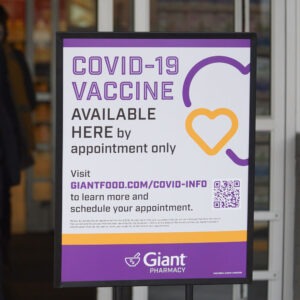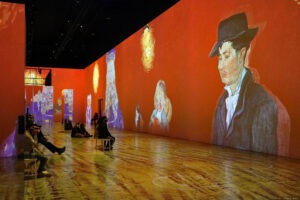
January 5, 2016; Fast Company, “Coexist”
It may be Elvis, or Nat King Cole, or even the Beatles. What if the Spotify playlist that you create this year could provide you therapeutic calming when you are 20 or 40 years older? That is the premise for Music & Memory, a nonprofit on Long Island in New York. Their mission is to improve the quality of life for the elderly via digital music technology.
A recent article in Fast Company highlights the idea of personalized playlists for patients with dementia. Drawing on the connection of music, emotions, and memory, these playlists reach the elderly in a way that other therapies don’t. The familiar music has a calming effect that can be as powerful as medication with none of the side effects. Caregivers benefit as well, as the time spent listening to music allows the caregiver to attend to other tasks.
Patients with dementia who reside in nursing homes can often be frustrated or depressed by their inability to communicate. The Fast Company article has a video that shows how dramatically different patients can communicate after listening to “their” playlist of tunes.
Sign up for our free newsletters
Subscribe to NPQ's newsletters to have our top stories delivered directly to your inbox.
By signing up, you agree to our privacy policy and terms of use, and to receive messages from NPQ and our partners.
Music & Memory works with over 2,000 nursing homes across North America. An additional way they’ve found to build on this work is to engage young people in the projects. Recently, they trained over 20,000 students in Texas to help patients identify the music they would like.
Different agencies and nonprofits across North America have adapted the program. The Alzheimer’s Society in Toronto offers an iPod loaded with specific tunes and a pair of headphones for no charge to persons who have a formal diagnosis of dementia. The recipient and their caregivers are also included in other support services. The Toronto volunteers, age 14 to 60, develop playlists and load the music onto the iPod.
The Suffolk County library system in N.Y. is offering iPods with headphones as a long-term loan to qualified patrons. “One woman wanted only Greek music. Another wanted only Gospel,” says Catherine Given, a reference librarian involved with the project.
The research has shown that not all will benefit from personalized music, but the results show this to be a “low cost intervention, with little risk of harm.”
Alive Inside, a 2014 Sundance Film Festival audience winner, is a documentary that tells the story of Music & Memory. Dr. Oliver Sacks sums up the program: “Music can do things that language can’t.”—Jeanne Allen













